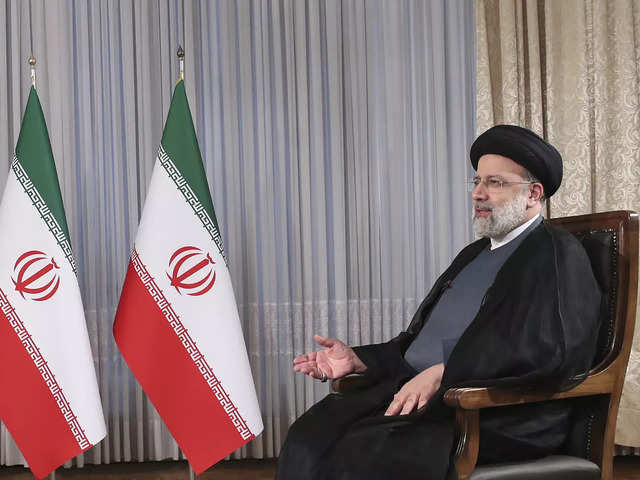
Iran’s nuclear programme back in spotlight
Last Updated: Sep 20, 2021, 04:19 PM IST
Tehran’s nuclear programme is back under the spotlight as the UN’s atmomic energy watchdog holds its annual general conference and Iran‘s new ultraconservative president, Ebrahim Raisi, marks his international debut by addressing the UN General Assembly.
Negotiations to revive a 2015 landmark agreement with world powers that curbed Iran’s nuclear power are at a standstill, while Tehran continues to step up its activities, according to the latest International Atomic Energy Agency (IAEA) report.
Which limits did Tehran breach?
Under the 2015 deal with Britain, France, Germany, China, Russia and the United States, Iran agreed not to enrich uranium above 3.67 percent, well below the 90-percent threshold needed for use in a nuclear weapon.
INSTALL ET APPIn addition, it was only allowed to have a stockpile of 202.8 kilogrammes in total — equivalent to 300 kilogrammes in a particular compound form.
But since May 2019, Iran has announced successive breaches of the deal in reaction to US President Donald Trump’s withdrawal from the agreement in 2018 and the reimposition of harsh sanctions on Iran.
According to the latest report, Iran has now amassed a stockpile of 2,441.3 kilogrammes.
The total amount now includes 84.3 kilogrammes enriched to 20 percent, as well as 10 kilogrammes enriched up to 60 percent.
In addition, it has started producing uranium metal, “a key material used to make nuclear weapon cores, under a civil use pretext,” according to Andrea Stricker, co-author of a recent report of the Washington-based Institute for Science and International Security.
Under the 2015 deal, Iran promised not to produce the metal.
It has also made more progress operating advanced centrifuges — machines used for uranium enrichment — than it had prior to the 2015 deal.
“Iran has made irreversible progress on advanced centrifuges and on enrichment including practising multi-step enrichment to shorten the process of moving to weapon-grade,” Stricker told AFP.
How close is it to a nuclear bomb?
Iran denies wanting nuclear weapons, saying its activities are purely for peaceful purposes such as generating electricity and treating cancer patients.
Under the 2015 deal, “breakout time” — the time needed to acquire the fissile material necessary for the manufacture of a bomb — was about a year.
But with the recent developments it is “much less”, according to a diplomat familiar with the matter.
“Enrichment to 60 percent could be around 99 percent of the effort to reach weapon-grade, which underscores the gravity of the situation,” Stricker told AFP, citing a colleague’s research, though she adds “there is no reason for hysteria”.
She noted that Iran currently had a lower stock of enriched uranium as it had prior to 2015 “when it had enough material for more than ten nuclear weapons”.
“However, Iran’s nuclear programme is now much leaner and more agile than in 2015 due to progress with advanced centrifuges, which were not supposed to exist by this point” under the 2015 deal, she said.
What safeguards are in place?
Experts note Iran would also need to take other steps, besides enriching uranium, to have a bomb.
“Even if Iran produced enough fissile material for a nuclear weapon, it would need to convert that material into the nuclear core, and package that with explosives and other components to make a nuclear device,” said Eric Brewer of the Washington-based Center for Strategic and International Studies (CSIS).
“Additional steps would be required to fit that device on top of a missile and have it work correctly,” he told AFP.
IAEA inspectors also regularly visit Iran. Their access has been reduced since earlier this year, but their monitoring activities would still “help it detect a dash to a nuclear weapon fairly quickly,” according to Brewer.
“The real challenge right now is that
No comments:
Post a Comment